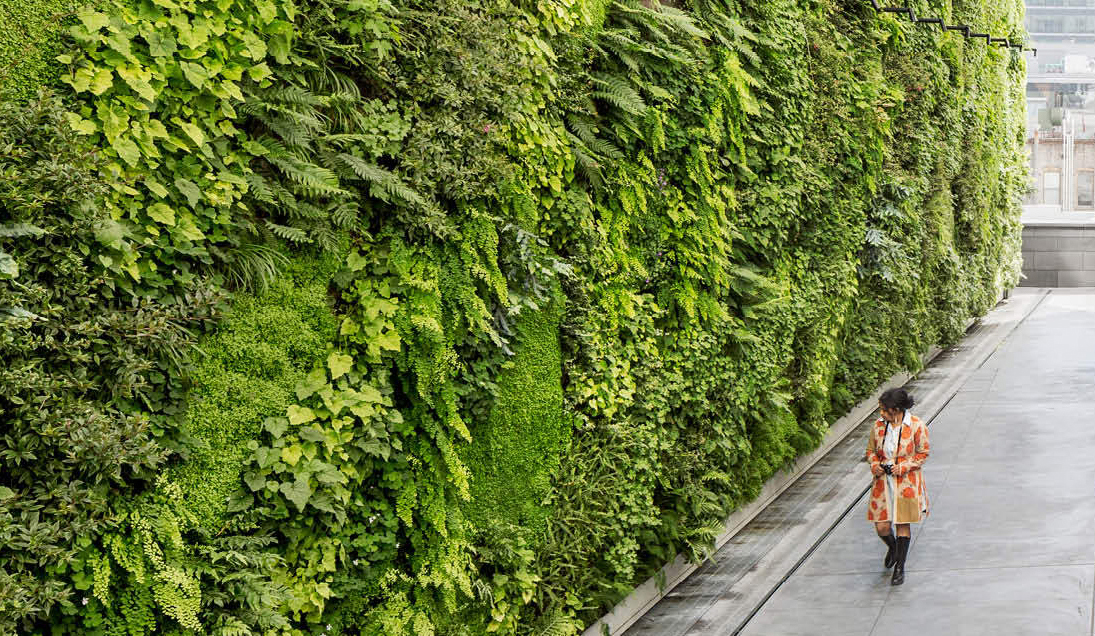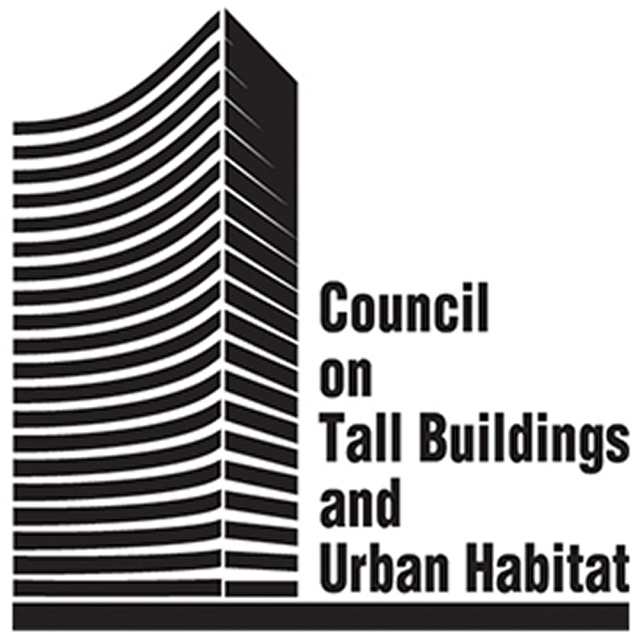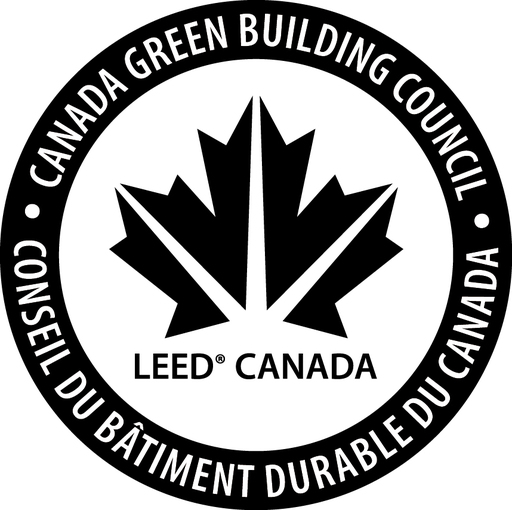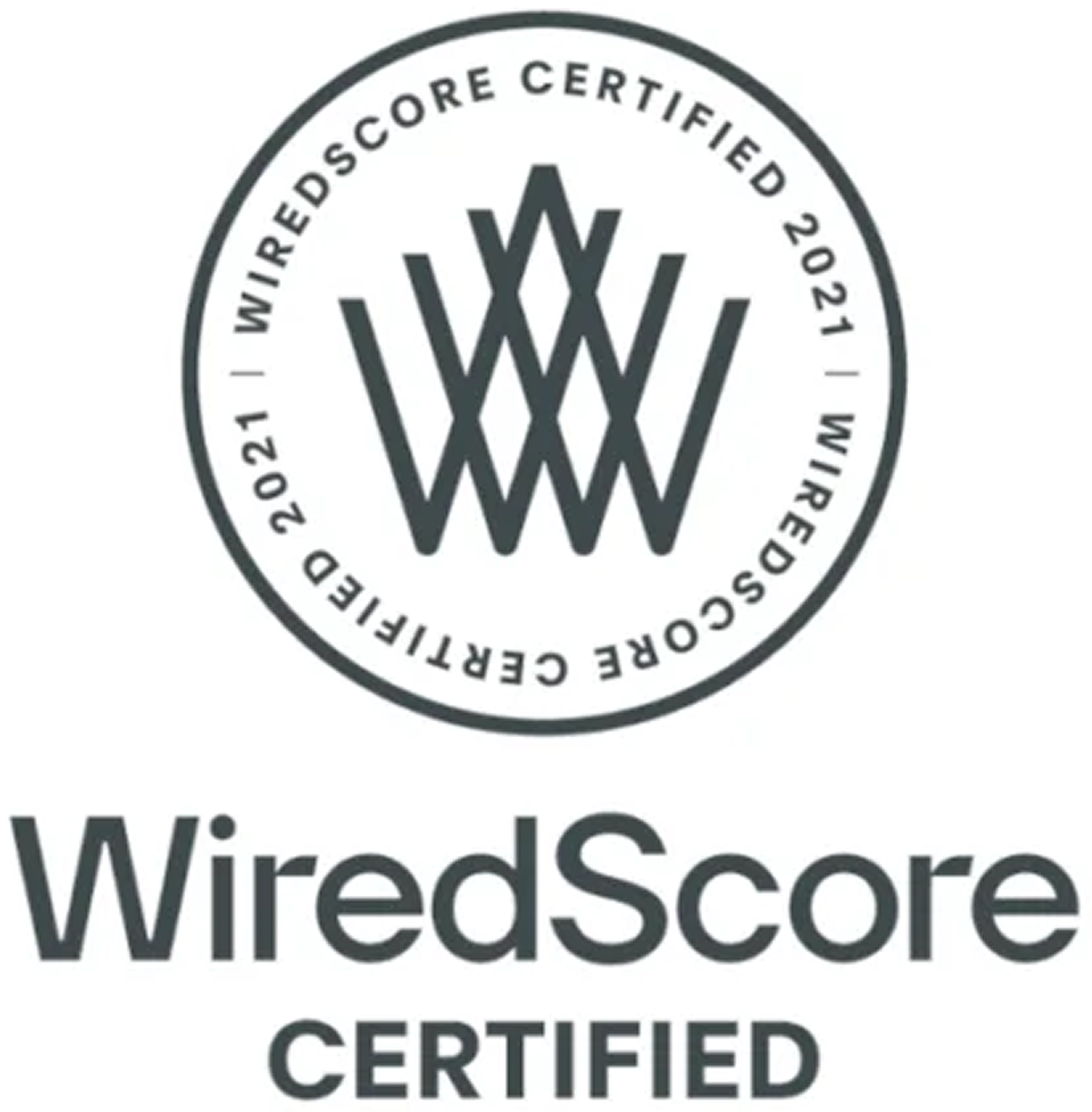
Navigating the Ebb and Flow: Understanding the Fluid State of the Built Environment


Traditionally, buildings were seen as static structures with fixed purposes. However, due to rapid advancements in technology, changing social behaviors, economic shifts, and environmental concerns, the built environment is now entering a "fluid state." This means buildings are no longer tied to a single function; their purpose, configuration, and how we interact with them are constantly evolving. Embracing this fluidity through adaptable design and technological integration is crucial for creating resilient, relevant, and sustainable spaces for the future.
Buildings have traditionally been perceived as set fixtures in the landscape – solid, static structures designed for a singular, fixed purpose. We built homes to be homes, offices to be offices, and retail spaces solely for commerce. While the cities around them bustled and changed, the structures themselves were often seen as symbols of permanence, built to stand the test of time.
Today, however, this static view is being fundamentally challenged. Driven by rapid technological advancement, evolving social behaviors, unpredictable economic shifts, and urgent environmental imperatives, the built environment is increasingly entering a state of fluidity. This isn't just about buildings being adaptable; it's about recognizing that a building's state, purpose, function, and our relationship with it are in constant flux. Understanding and navigating this fluid state is becoming paramount for anyone involved in designing, developing, managing, or simply inhabiting the spaces around us.
At Knightsbridge Development Corporation, we understand that the future of successful development lies in embracing, rather than resisting, this inherent dynamism.
This article explores what the "fluid state" means in the context of the built environment, the forces driving this transformation, its manifestations in design and use, and why embracing this fluidity, guided by both technological innovation and a deep understanding of human needs, is crucial for creating resilient, relevant, and sustainable spaces for the future.

Beyond the Static Structure: Defining Fluidity
The "fluid state" concept contrasts sharply with the traditional, rigid view of buildings. It suggests that buildings and urban spaces are not fixed containers but dynamic entities whose optimal use, internal configuration, technological integration, and interaction with occupants are subject to continuous change and redefinition.
This fluidity manifests in several interconnected ways:
- Functional Fluidity: Buildings are no longer tied to a single, permanent purpose. An office building might incorporate residential or retail elements, a retail space could transform into an experience center or logistics hub, and residential units might double as co-working spaces. Function can change over time or even throughout the day.
- Spatial Fluidity: Internal layouts are becoming more adaptable. Fixed walls give way to modular partitions, furniture serves multiple purposes, and spaces can be easily reconfigured to suit different needs, whether within an office floor plate or a residential unit.
- Technological Fluidity: The technology integrated within buildings is constantly evolving. From smart building systems and IoT sensors to advanced connectivity and AI-driven management, buildings are becoming responsive interfaces that collect data, adapt environments, and offer personalized experiences.
- Experiential Fluidity: How users interact with and experience spaces is less predictable. Hybrid work models blur the lines between home and office, online commerce changes the role of physical retail, and people expect seamless transitions between physical and digital realms within a space.
This isn't just a temporary trend; it's an acknowledgment of the inherent dynamism of modern life and the need for our physical infrastructure to keep pace.

The Currents of Change: Drivers of Fluidity
Several powerful forces are pushing the built environment into this fluid state:
- Technological Acceleration: Rapid innovation in digital technologies, materials science, and construction methods provides the means for greater fluidity. Smart building systems allow buildings to respond in real-time. New materials enable modularity. Digital tools like BIM (Building Information Modeling) and digital twins allow for easier planning and visualization of changes.
- Changing Work and Lifestyle Paradigms: The shift towards hybrid work, remote collaboration, the gig economy, and a greater demand for work-life integration has fundamentally altered how and where people work, meet, and live. This requires spaces that can fluidly transition between different uses. The rise of co-working spaces is a prime example.
- Economic Volatility and Market Responsiveness: Businesses and individuals need the ability to scale space up or down quickly, repurpose assets in response to market shifts, and minimize rigid commitments. This drives demand for flexible leases, adaptable fit-outs, and buildings designed for easy conversion.
- Growing Emphasis on User Experience and Well-being: Occupants today demand more than just shelter; they want spaces that enhance productivity, support well-being, offer personalization, and provide seamless connectivity. Fluid spaces can be tailored and responsive to individual and collective needs as they evolve. The importance of well-being in the workplace is increasingly recognized globally.
- Environmental Imperatives and Resilience: Designing for adaptability is inherently more sustainable. Buildings that can be easily reconfigured or repurposed have longer lifespans, reducing the need for demolition and energy-intensive new construction. Fluidity also allows buildings to be more resilient to environmental changes or unexpected events (like a pandemic requiring rapid changes in space use and density). This aligns with principles of a circular economy in construction.
These drivers interact and reinforce each other, creating a complex environment where static, single-purpose buildings risk becoming obsolete faster than ever before.
Navigating the Waters: Design and Strategy in a Fluid State
Operating within this fluid state requires new approaches to design, development, and management. It demands navigating the interplay between technology and human needs – the "Tech and Touch":
Designing for Adaptability (The "Touch" in Design):
- Flexible Layouts: Prioritize open floor plans, modular systems, non-load-bearing interior walls, and raised floors/ceilings that allow for easy reconfiguration of services.
- Multi-functional Spaces: Design areas that can serve different purposes throughout the day (e.g., a lobby that is a coffee shop in the morning, a lounge in the afternoon, and an event space in the evening).
- Robust Infrastructure: Invest in flexible and easily accessible building systems (electrical, data, HVAC) that can accommodate changes in use and occupancy.
- Designing for Deconstruction/Reuse: Specify materials and construction methods that facilitate future dismantling and repurposing rather than demolition, a core principle of design for disassembly.
Leveraging Technology (The "Tech"):
- Smart Building Systems: Implement IoT sensors and building management systems that collect data on space utilization, environmental conditions, and occupant flow.
- Data Analytics: Use collected data to understand how spaces are actually being used and identify opportunities for optimization or reconfiguration.
- Digital Twins: Create virtual replicas of buildings that allow for simulation of changes, testing different layouts, and managing ongoing operations and maintenance dynamically.
- Integrated Platforms: Utilize technology platforms that seamlessly manage access, bookings of flexible spaces, communication with occupants, and personalized environmental controls.
Operational Fluidity and Management:
- Flexible Leasing Models: Offer a range of lease terms, from short-term access to longer-term commitments, allowing users to scale according to their needs.
- Service-Oriented Approach: Shift from being just a landlord to a service provider, offering amenities and support that cater to the diverse and changing needs of occupants.
- Community Management: As seen in co-living spaces, actively manage the social and functional aspects of shared/flexible spaces to ensure they meet evolving user expectations.
The key is that technology should not be implemented for its own sake, but to enable and enhance the human experience ("Touch"). Data should inform how spaces can better serve occupants. Automation should provide comfort and convenience. Flexibility should empower users to utilize spaces in ways that best suit them.

Implications for the Built Environment Sector
Embracing the fluid state has significant implications for all stakeholders:
- Developers & Investors: It requires a shift from optimizing for a single, static use to valuing adaptability, resilience, and the potential for multiple future revenue streams. This involves upfront investment in flexible infrastructure but offers long-term benefits in asset longevity and market relevance. This forward-thinking approach is central to the philosophy at Knightsbridge Development Corporation, aiming to build assets that retain value and relevance in a changing market.
- Architects & Designers: Design briefs are becoming more complex, requiring solutions that are not only aesthetically pleasing and functional now, but also inherently adaptable and capable of evolving over time.
- Contractors: Construction methods may need to incorporate more modular and demountable systems.
- Occupants: They gain spaces that are more responsive to their needs, potentially more affordable through shared resources, and better integrated with technology.
The Fluid State & The Future
The era of static buildings is giving way to a future of dynamic, responsive, and adaptable environments. The "fluid state" is not a problem to be solved, but the new reality to be embraced. By understanding the forces driving this fluidity and by strategically leveraging technology in service of human needs, the built environment sector can create spaces that are not only relevant for today but are also capable of navigating the unpredictable currents of tomorrow.
The challenge and opportunity lie in designing systems and structures that can flow with the changes, ensuring that our buildings remain vibrant, valuable, and capable of supporting the ever-evolving tapestry of urban life. Navigating this fluidity, with intelligent technology enabling human-centric design, is the key to building a resilient and prosperous future that aligns with a forward-looking vision.

Similar Posts
















